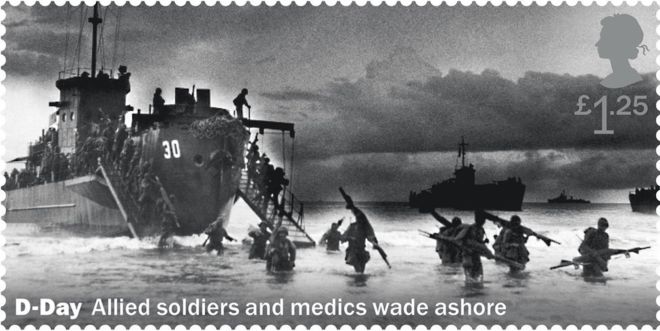
The Royal Mail of Britain has presented a collection of stamps online that are due to be issued next year, marking the 75th anniversary of D-Day, depicting the Normandy landings of the Allied troops. Problem is, the stamps actually show Americans troops in what is now modern-day Indonesia (Dutch New Guinea), 13,679 kilometres away from Normandy.
People on social media were quick to point out that the image appears on the American National WWII Museum website and is attributed to the US Coast Guard, showing troops carrying stretchers from a landing craft at Sarmi, Dutch New Guinea on 17 May 1944. As well, the D-Day landings took place on 6 June that year, when British, US and Canadian forces landed on the beaches of northern France.
Not only was the wrong image called ’embarrassing’ online, but it’s probably one of the last times that anyone old enough to have been involved in the war will see these stamps, making it extra embarrassing, according to Paul Woodadge, 49, a D-Day historian. As well, a Twitter account for World War Two tours of Jersey tweeted the Royal Mail to point out that the featured ship, LCI-30, did not participate in the Normandy landings.
In the meantime, Royal Mail has apologised and will correct their error. Here’s a case where if social media or the Internet wasn’t around, the mistake would have been even greater, as people would only have noticed the mistake after the stamps were printed.
(Link and photo: bbc.com)

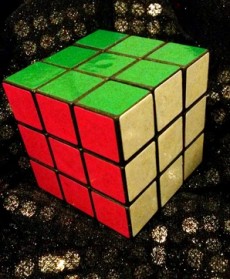
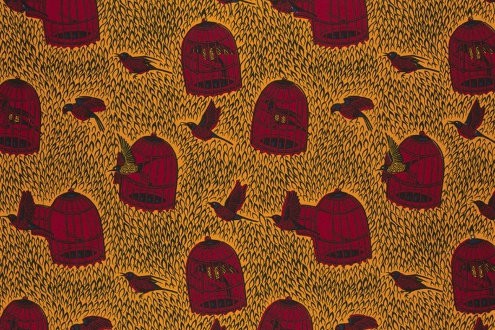
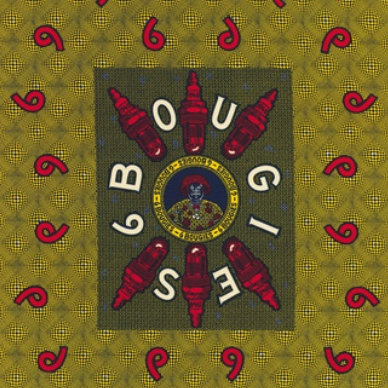
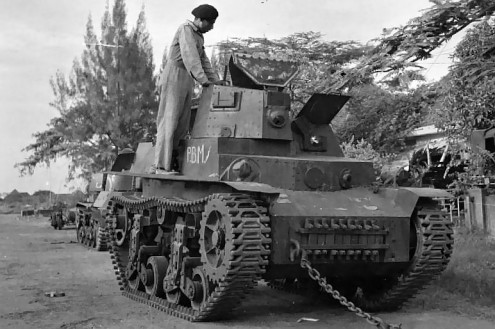
 The international press have been giving a lot of attention lately to a nursing home for dementia sufferers near Amsterdam that tries to give its inhabitants a sense of living their ordinary lives.
The international press have been giving a lot of attention lately to a nursing home for dementia sufferers near Amsterdam that tries to give its inhabitants a sense of living their ordinary lives.